Teeth grinding, or bruxism, is a condition that affects many individuals, often unconsciously while they sleep. It can lead to severe consequences such as damaged teeth, jaw pain, headaches, and even disorders in the temporomandibular joint (TMJ). Traditional treatments, such as mouthguards and stress management, are common solutions, but Botox has emerged as an innovative and effective option. In this article, we will explore how Botox for teeth grinding works, its benefits, and what to expect from the procedure.
What is Teeth Grinding?
Teeth grinding, medically known as bruxism, is a condition where individuals involuntarily clench, grind, or gnash their teeth. It can occur during the day or at night (sleep bruxism) and is often linked to stress, anxiety, or dental misalignment. If left untreated, teeth grinding can lead to:
- Wear and tear of the teeth
- Tooth fractures or damage
- Headaches
- Jaw pain
- TMJ disorders
While traditional treatments focus on addressing symptoms, Botox for teeth grinding offers a modern, targeted solution. Source
How Botox Helps with Teeth Grinding?
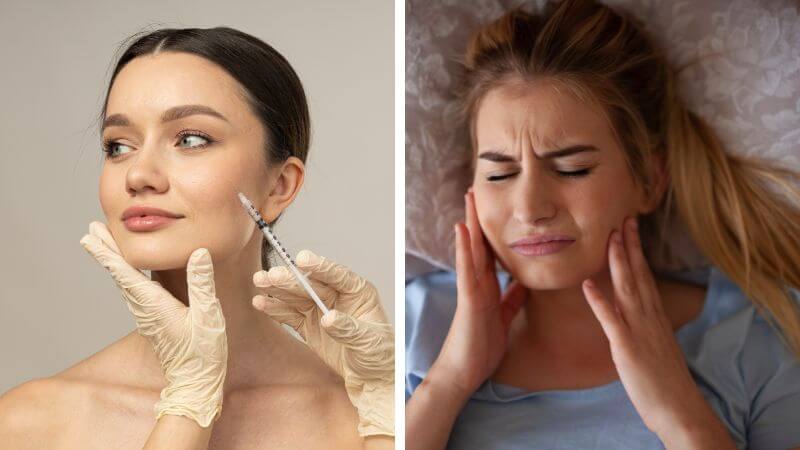
Botox, a neurotoxin derived from the bacterium Clostridium botulinum, is widely known for its cosmetic use to reduce wrinkles. However, its muscle-relaxing properties make it an effective treatment for conditions like bruxism. By injecting Botox into the jaw muscles, particularly the masseter muscles responsible for grinding, it helps reduce the intensity of the clenching. Source
Benefits of Using Botox for Teeth Grinding
Botox offers several advantages for those suffering from teeth grinding. Below are some of the most notable benefits:
1. Reduces Muscle Activity
Botox works by temporarily paralyzing the muscles responsible for grinding. This reduction in muscle activity leads to less pressure being applied on the teeth and jaw, minimizing wear and pain.
2. Minimal Invasiveness
Unlike more invasive procedures such as jaw surgery or dental appliances, Botox injections are quick, require no recovery time, and can be done in a short office visit.
3. Alleviates Jaw Pain and Headaches
By reducing the strain on the jaw muscles, Botox can help relieve pain associated with teeth grinding. Many patients also report fewer headaches after treatment.
4. Cosmetic Benefits
For individuals who have developed a square jawline due to overactive masseter muscles, Botox can help slim the face, providing an added cosmetic benefit.
The Botox Procedure for Teeth Grinding
Consultation
Before undergoing the procedure, a consultation with a healthcare provider or dentist is necessary. During this visit, they will assess the severity of your bruxism and determine if Botox is the right option for you.
The Injection Process
The Botox procedure itself is quick, usually lasting around 10-15 minutes. The injections are administered directly into the masseter muscles located on either side of the jaw. Most patients describe the injections as mildly uncomfortable, but the pain is minimal.
Recovery
One of the major benefits of Botox is that there is no downtime required after the procedure. You can resume normal activities immediately following treatment.
Are There Any Side Effects?
While Botox is generally considered safe, some potential side effects include:
- Mild pain or swelling at the injection site
- Temporary muscle weakness
- Bruising
- Difficulty chewing (rare)
These side effects are usually short-lived and resolve on their own. It’s essential to consult with a qualified professional to ensure the treatment is performed correctly and safely.
Botox vs. Traditional Treatments for Teeth Grinding
Mouth Guards
Mouth guards are a common treatment for bruxism, but they only address the symptoms without targeting the root cause. While they prevent tooth damage, they don’t alleviate jaw pain or reduce muscle activity.
Stress Management
Since bruxism is often linked to stress, some treatments focus on stress reduction techniques like therapy or relaxation exercises. However, these methods are not always sufficient for severe cases of teeth grinding.
Botox as a Complementary Treatment
For some patients, Botox can be used alongside traditional treatments like mouth guards and stress management techniques. This combination can offer comprehensive relief from both the physical and psychological aspects of bruxism.
Is Botox for Teeth Grinding Right for You?
Botox for teeth grinding is a promising solution, but it’s not suitable for everyone. It is most effective for individuals with moderate to severe bruxism who haven’t found relief with other treatments. If you experience chronic jaw pain, tooth damage, or frequent headaches due to teeth grinding, Botox may be worth considering.
Summary!
Botox for teeth grinding is an innovative and effective treatment option that addresses the root cause of bruxism by relaxing the jaw muscles. Its quick, non-invasive nature, combined with noticeable relief from pain and other symptoms, makes it a popular choice among those seeking relief from teeth grinding. If you’re struggling with this condition, consult a healthcare professional to determine if Botox is the right solution for you.
We hope you found this article informative!
Also Read: 7 Amazing Tips For How To Run Faster
Tinydale is on YouTube, Click here to subscribe for the latest videos and updates.
Follow Us: Facebook | Instagram | Twitter | Youtube | Pinterest


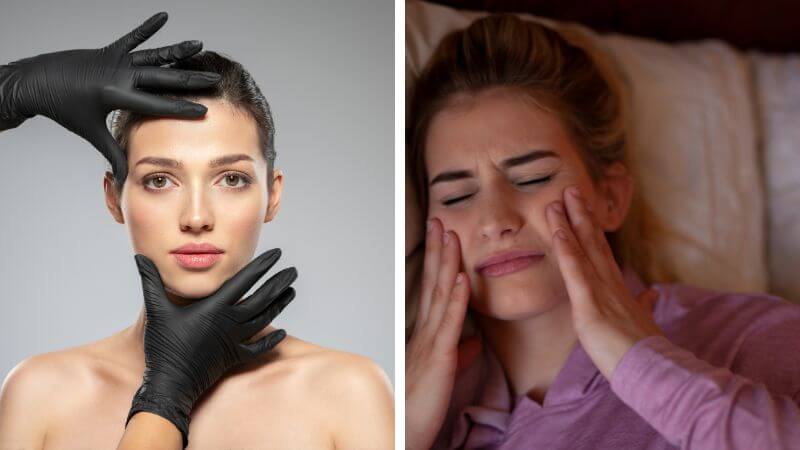
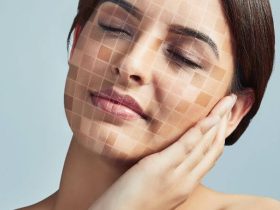






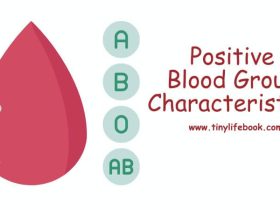
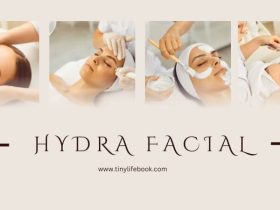
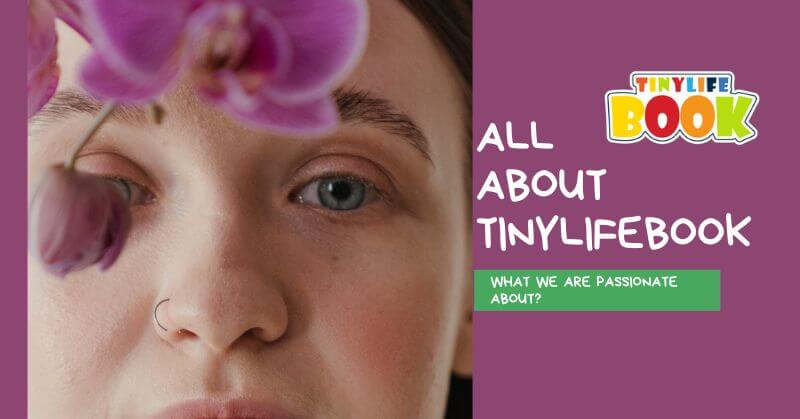
Leave a Reply